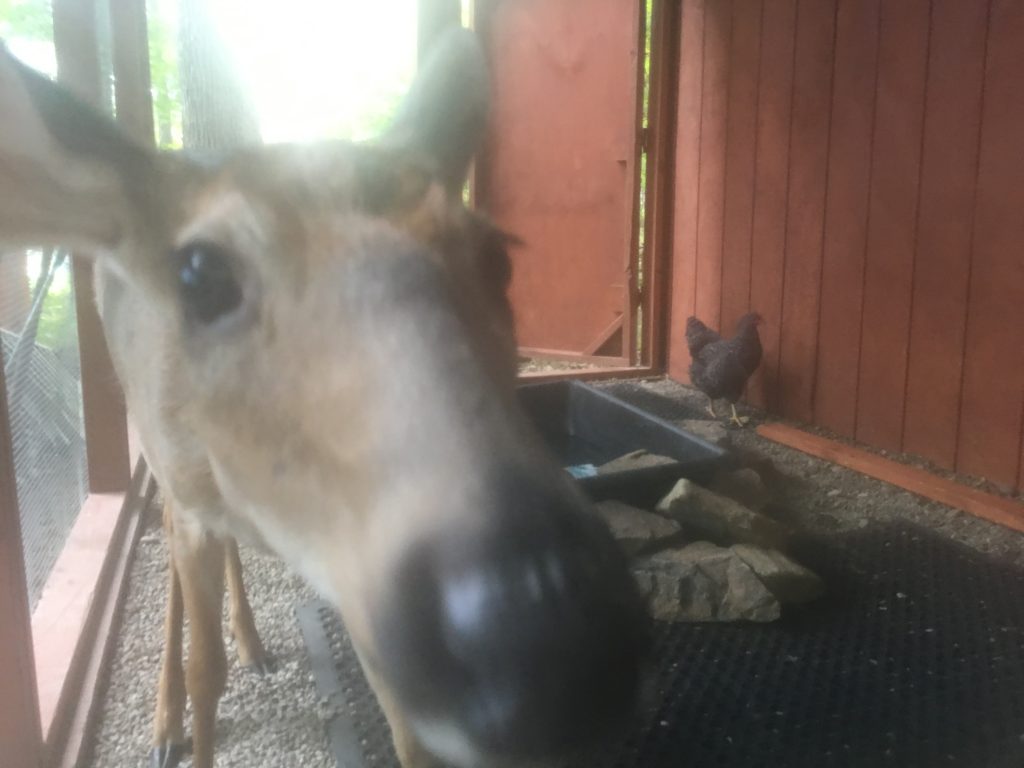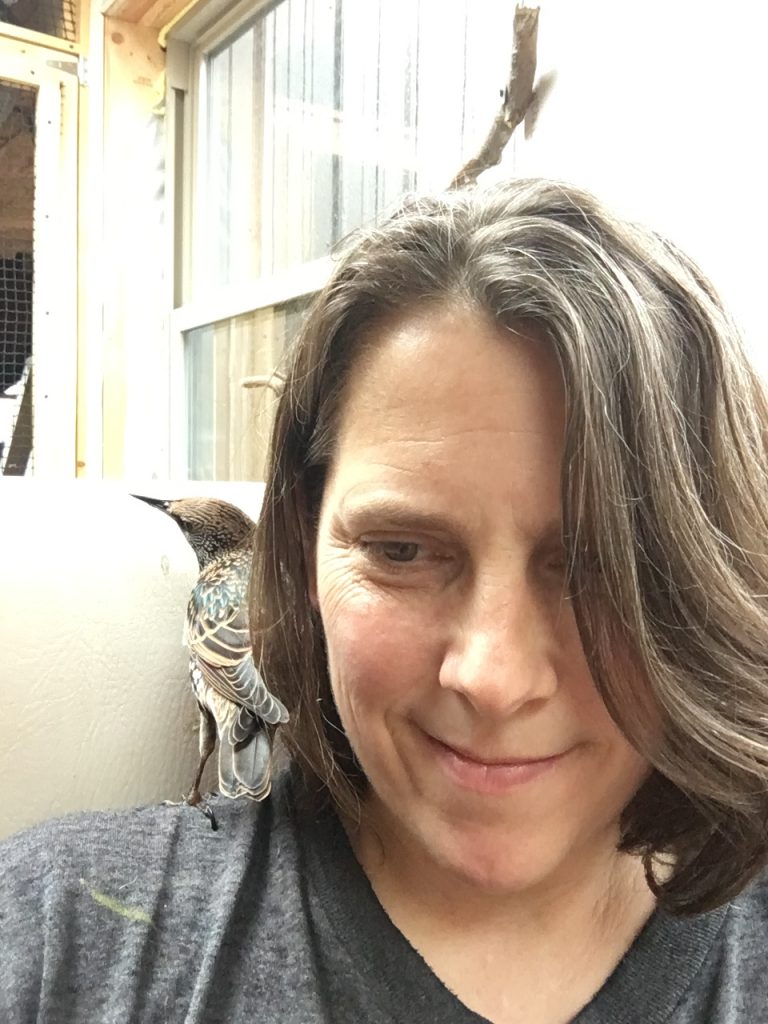I’ve always had an interest in consciousness, self awareness, and how the brain seems to have a sense of where the self ends and where the rest of the universe begins. These interests came into play unexpectedly in some recent contemplations. I am trying to tame various middle-age issues that I’m having with my body, I’m addressing my diet, and contemplating in what manner I should or should not consume meat. Ideally, I shouldn’t, but I have so many food allergies and idiosyncratic preferences that becoming strictly vegetarian might lead to some nutritional challenges. I was thinking about the criteria that should be weighed in this decision, any of which are sufficient justification for vegetarianism on their own right: the environmental cost of the meat industry, the fact that animals are sentient, the horrors of the meat industry, to name a few. But this post isn’t about all that, just the sentience part.
As a gedanken experiment, I compared the degree of sentience between a chicken and a cow. I didn’t get very far because I haven’t met many chickens or many cows. I recalled an instance at a wildlife rescue where I encountered Cookie and Barbara, a deer and a chicken who had become fast friends. They sought each other out in the morning and would, together, traipse about the grounds exploring and visiting staff. So their respective sentiences had enough in common to form a functional and enduring bond.

About these mixed species relationships: I don’t think Barbara could be friends with a mollusk. Can mollusks have friends at all? What about a fish? Fish are social, there are many similarities between the movement of schools of fish and flocks of birds. Given some kind of proximity, could a bird and a fish be friends?
If these selves, or if you want to go there, souls, have properties, what are those properties, and how could they be quantified? With quantification comes the ability to leverage mathematics to analyze and compare. What mathematics would be useful? At the onset, Principal Components Analysis (PCA) might be a wonderful tool.
PCA is useful for large datasets that have many related and unrelated factors, and those sets may have variable degrees of completion. PCA gives any number of measurable factors an othogonal axis, thereby creating a multidimensional space- it can be of any dimension. Then all the data is plotted in this multidimensional space creating a cloud with a shape and regional densities. A new orthogonal set of axes is overlaid upon the shape and rotated so that the new axes can best explain the data. Then, using vector math, the axes that explain the largest amount of variation in the data cloud are resolved into their components from the original set of vectors- the idea being that one can identify meaningful statistically interactive effects among properties, amounting to a more descriptive and simpler set of properties to quantify the data.
If this were done to quantify a soul, the result wouldn’t be 42. It would be a multidimensional form that could be compared quantitatively to other souls. The first step would be to develop a set of properties that could be measured about an individual’s soul, like this:
- Sense of boundary
- Ability to reason
- Ability to emote
- Empathic capacity
- Ability to learn
- Curiosity
- Familial connectivity
- Extra-familial connectivity
- Sense of time
- Sense of location
- Sense of fairness
- etc.
It’s imaginable that tests or models could be developed to quantify these characteristics for different organisms, and then the data cloud analyzed and compared. Would we find that good friends fit like jigsaw pieces or overlap with similar shapes and sizes? Does Barbara’s soul compliment the form of Cookie’s or are they simply commensurate?
How does the shape and size of a soul/self change over the course of a life time? Can a being have multiple souls or one that is of disparate parts, meaning a discontinuous cloud or one with several clear concentrations?
So many questions. There’s a thesis in there, I’m sure, and probably some protein.
Would having a better understanding of the shape and scope of another’s self provide useful information about the appropriate treatment of that being, including whether or not it is justifiably eaten? This question leads to the most important conclusion from the gedanken experiment, one which would no doubt be confirmed if we actually conducted the research:
We should listen to and be mindful of others in our interactions, be they people or scallops. It is only through this kind of consideration that the Cookies will meet their Barbaras, and that we can morally, socially, and physiologically nourish ourselves.

